All Stories
-
 Physics
PhysicsNew form of hydrogen created
Scientists have created negatively charged clusters of hydrogen for the first time.
-
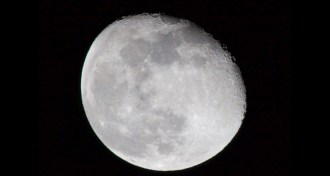 Planetary Science
Planetary ScienceMany tiny moons came together to form moon, simulations suggest
Earth’s moon formed from mini-moons generated by a series of medium to large impacts, rather than from one colossal collision, researchers propose
-
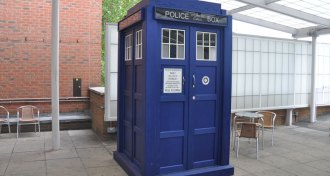 Physics
Physics‘Time Travel’ tours a fascinating fiction
James Gleick’s entertaining book Time Travel focuses more on fantasy than real science.
-
 Animals
Animals‘Furry Logic’ showcases how animals exploit physics
"Furry Logic" explores how animals rely on the laws of physics in pursuit of food, sex and survival.
By Sid Perkins -
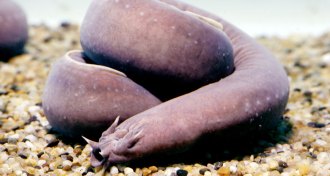 Animals
AnimalsUnusually loose skin helps hagfish survive shark attacks
Hagfish skin that easily slips and slides can be a lifesaver in crises such as shark attacks.
By Susan Milius -
 Chemistry
ChemistryDebate heats up over claims that hot water sometimes freezes faster than cold
A team of chemists has a new explanation for the Mpemba effect, while other scientists debate if it is even real.
-
 Astronomy
AstronomySome pulsars lose their steady beat
Two pulsars spend most of their time switched off, hinting at a large population of part-time pulsars hiding in the Milky Way.
-
 Plants
PlantsMeat-eating pitcher plants raise deathtraps to an art
The carnivorous California pitcher plant ensnares its dinner using a medley of techniques.
By Susan Milius -
 Neuroscience
NeuroscienceFacial-processing area of brain keeps growing throughout childhood
Contrary to scientists’ expectations, a facial-processing area of the brain grows new tissue during childhood, an MRI study suggests.
-
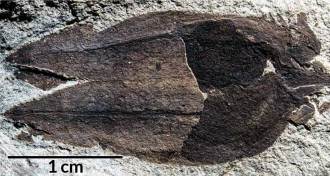 Paleontology
PaleontologyTomatillo fossil is oldest nightshade plant
Two 52-million-year-old tomatillo fossils in Patagonia push the origin of nightshade plants back millions of years, to the time when dinosaurs roamed.
By Meghan Rosen -
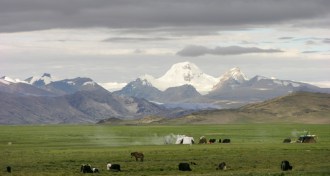 Archaeology
ArchaeologyHunter-gatherers were possibly first to call Tibetan Plateau home
Hunter-gatherers may have been Asia’s first year-round, high-altitude settlers.
By Bruce Bower -
 Astronomy
AstronomySaturn’s 10th moon was the first satellite discovered in the modern space age
Fifty years ago, astronomers knew of 10 moons orbiting Saturn. Since then they’ve catalogued a diverse set of 62 satellites, with the help of the Cassini spacecraft.